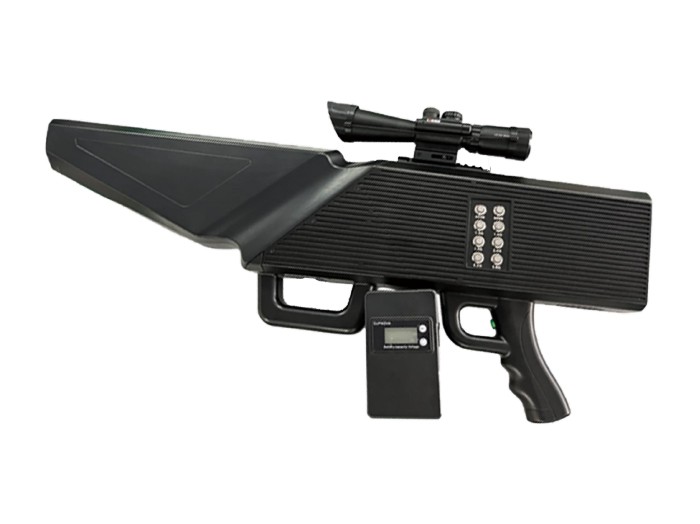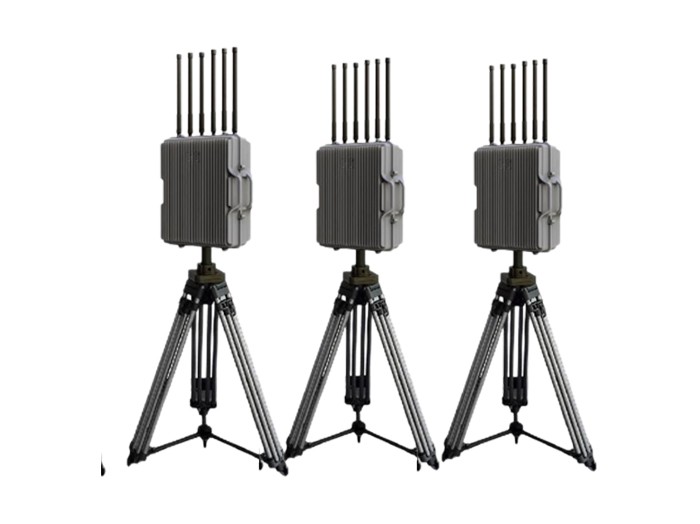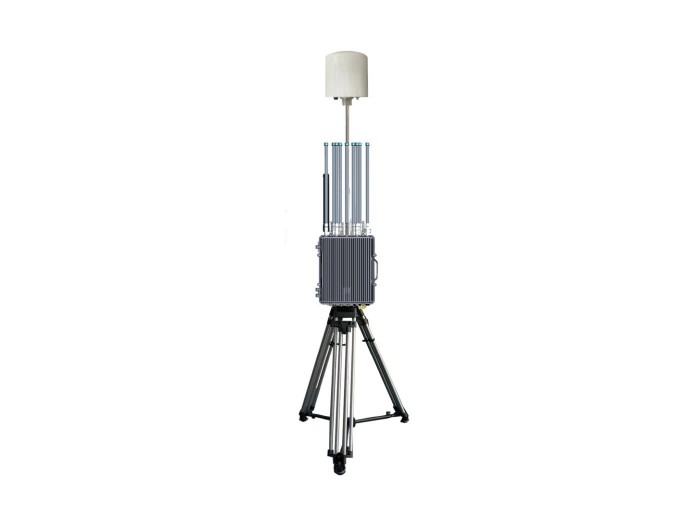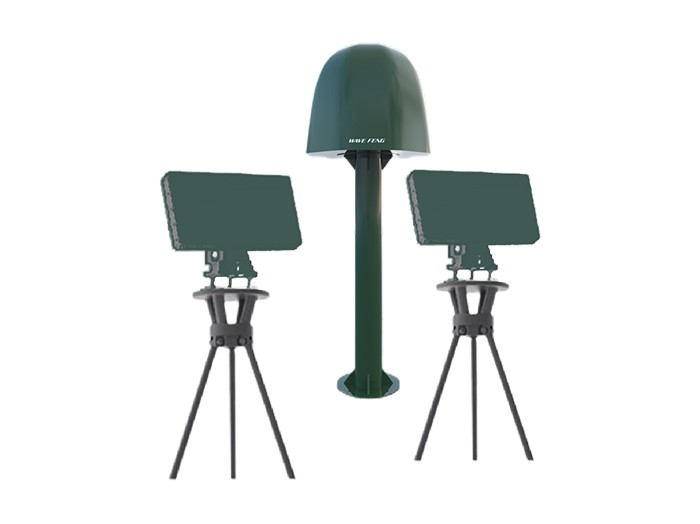Top Military Drone Weapons Revolutionizing Modern Warfare
In modern combat scenarios, armed forces face unprecedented challenges, including the demand for precision strikes, real-time surveillance, and minimizing human soldier risk on the battlefield. These concerns have fueled a rapid increase in the development and deployment of military drone weapons that combine sophisticated technology with lethal capabilities. Military drone weapons, frequently searched for by defense analysts and tactical planners, offer a transformative solution by enabling remote-controlled or autonomous engagements with enhanced accuracy and reduced collateral damage. With ongoing innovations in drone payloads, sensors, and targeting systems, understanding these weapon systems is crucial for defense professionals, policymakers, and security enthusiasts eager to stay ahead in contemporary warfare dynamics.
1. Understanding Military Drone Weapons: Definition and Components
Military drone weapons refer to unmanned aerial vehicles (UAVs) equipped with offensive weapons systems utilized by armed forces to conduct surveillance, reconnaissance, and targeted strikes without placing human pilots in harm’s way. These sophisticated drones integrate advanced avionics, cameras, sensors, and weaponry such as guided missiles, machine guns, or smart bombs. According to Jane’s Defense Weekly, military drones accounted for more than 20% of U.S. tactical air strikes in recent conflicts, reflecting their pivotal role on the battlefield.
The typical components of military drone weapons include:
- Airframe and propulsion: Durable and stealthy designs often with turbine or electric engines enabling long endurance flights
- Navigation and control systems: GPS, inertial navigation, and remote control or AI-based autonomy
- Payload: Integrated offensive systems like AGM-114 Hellfire missiles, laser-guided bombs, or electronic warfare tools
- Sensors and cameras: Multi-spectral imaging, infrared, and radar for real-time target acquisition and battlefield awareness
These components synergize to address the user problem of executing precise strikes with minimal exposure, optimizing mission success while reducing operational costs and risks.
2. Advantages and Strategic Benefits of Military Drone Weapons
Military drone weapons contribute significantly to modern warfare by providing numerous operational benefits that conventional weapons cannot easily match. One key advantage is the enhancement of battlefield situational awareness; drones can loiter for hours, sending high-definition imagery and targeting data directly to command centers. According to the U.S. Department of Defense, employing drones in reconnaissance has improved target identification accuracy by 45%, markedly reducing collateral casualties.
Additionally, the flexibility offered by drone weapons in attack modalities allows for surgical strikes on high-value targets with rapid deployment. Unlike manned aircraft, drones can operate in contested or denied environments where pilot risk is unacceptable. This factor is critical for military planners facing asymmetric warfare scenarios or insurgent threats embedded in urban terrains.
Economically, drones reduce the overall cost of air operations by lessening the need for expensive manned aircraft and pilot training. Furthermore, drones can carry out repetitive or hazardous surveillance missions without fatigue, enhancing operational tempo. Their smaller physical footprint and radar signature add stealth elements that complicate enemy air defenses, ultimately strengthening tactical effectiveness.
3. Prominent Applications and Real-World Deployment of Drone Weapon Systems

Beyond strike missions, drones serve critical roles in intelligence, surveillance, and reconnaissance (ISR) tasks, providing commanders with persistent battlefield insights that inform tactical decisions. In recent armed conflicts, military drone weapons have supported air-ground coordination by marking enemy positions and directing artillery fire accurately.
Some armed forces are integrating drones within multi-domain operations, leveraging their capabilities alongside cyber warfare and electronic jamming systems to disrupt enemy communications while executing kinetic strikes. A notable scenario involved Israeli Defense Forces deploying loitering munitions — also known as “suicide drones” — to destroy hostile rocket launchers in dense urban areas, showcasing tactical innovation.
4. Emerging Trends and Future Trajectories in Military Drone Weaponry
The rapid evolution of military drone weapons highlights several emerging trends reshaping future combat systems. Artificial intelligence (AI) is increasingly embedded in drones, enabling autonomous target recognition, decision-making, and swarm operations that can overwhelm enemy defenses. According to a 2023 market analysis, the global military drone market is projected to grow by 15% annually, with autonomous drones becoming a focal investment area.
Another promising development involves integrating non-kinetic payloads such as directed-energy weapons or electronic countermeasures, which allow drones to disable enemy electronics without physical destruction. The proliferation of compact, stealthy designs extends operational reach into contested airspaces previously inaccessible.
Future military drone weapons will emphasize modularity, multi-role functionality, and network-centric warfare capabilities to provide flexible responses to diverse threats. Defense agencies are also prioritizing counter-drone technologies to protect assets from adversarial unmanned threats, triggering an ongoing arms race in drone-based offense and defense.
Key Takeaways and Practical Recommendations
- Understand your operational requirements – Assess whether reconnaissance, strike, or multi-mission drones best suit your defense strategy.
- Invest in advanced sensor integration – High-quality targeting and ISR sensors significantly increase mission success rates.
- Consider autonomy and AI capabilities – Embrace drone systems with AI-assisted functions for faster and more reliable engagements.
- Plan for counter-drone measures – Implement technologies to detect and neutralize hostile drones operating in your airspace.
- Stay informed on regulatory and ethical considerations – Comply with international laws and adapt to evolving standards regarding drone weapon use.
Want to learn more about optimizing military drone weapon solutions for your needs? Contact us for a professional consultation or visit our website for detailed case studies and product info.
Conclusion: Embracing the Future of Warfare with Trusted Military Drone Expertise
Military drone weapons represent a paradigm shift in combat operations by delivering unparalleled precision, flexibility, and safety. Our deep expertise in cutting-edge unmanned systems enables us to provide you with tailored solutions that meet your strategic and tactical challenges. As global defense landscapes evolve, leveraging advanced drone weaponry is imperative for maintaining operational advantage and protecting personnel. Empower your defense initiatives with reliable, state-of-the-art military drone weapons—visit our website now or contact us for a free consultation to explore how our innovations can safeguard your missions and assets.

















